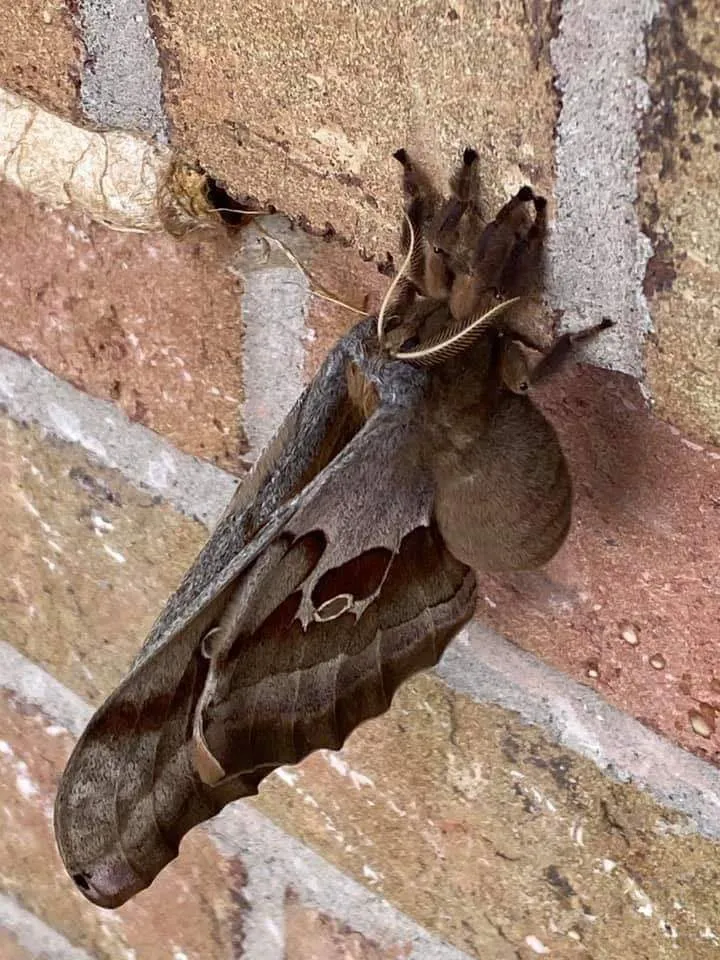What is a Flying Tarantula?
The concept of a ‘flying tarantula’ in Texas is a fascinating one, conjuring images of enormous spiders soaring through the Texan sky. However, the reality is a bit more grounded. The term itself suggests a creature capable of independent flight, a characteristic not typically associated with tarantulas. These large, hairy spiders, known for their impressive size and sometimes intimidating appearance, are primarily terrestrial creatures. They are built for crawling and burrowing, not for taking to the air. The idea of a flying tarantula challenges the basic understanding of arachnid biology and the physical limitations of these creatures. Therefore, it’s important to investigate what this actually means.
Debunking the Myth
The notion of a flying tarantula is largely a myth, fueled by a combination of misidentification, insect behavior, and a healthy dose of imagination. While tarantulas are capable of some climbing, they do not possess the biological structures necessary for flight. Spiders, in general, lack wings, and tarantulas are no exception. Their size and weight further preclude the possibility of flight, as their bodies are simply not aerodynamic enough to generate lift. Misinformation, sensationalized media reports, and the natural human tendency to exaggerate can contribute to the perpetuation of this myth. Many reported sightings are often the result of mistaken identity, leading people to believe that a flying spider is real when they are actually observing something else.
What are they?
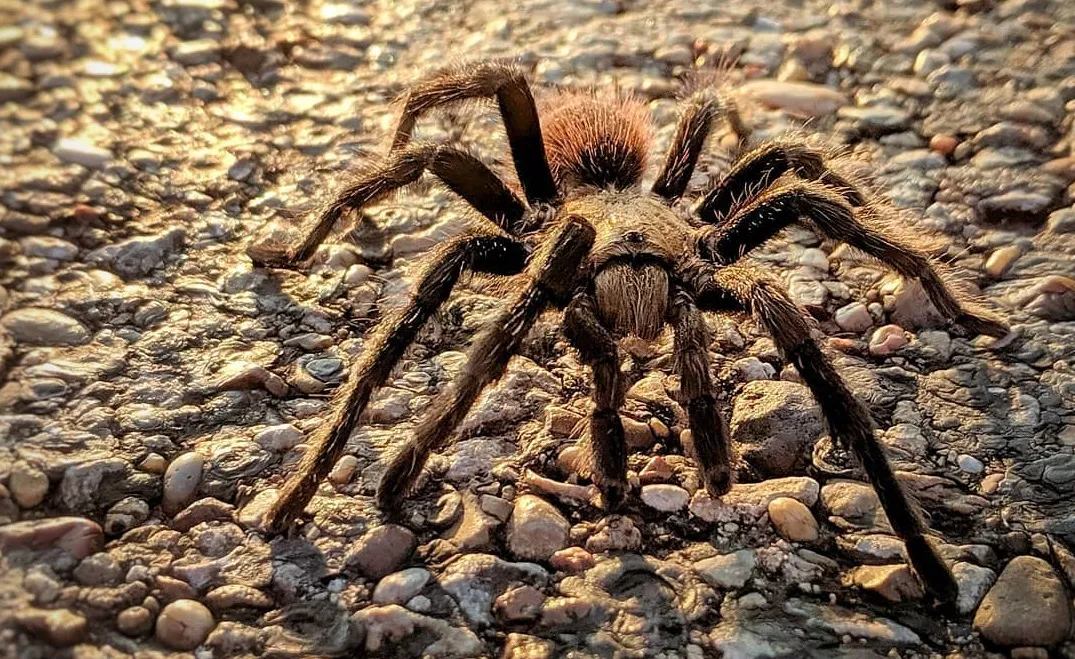
The term ‘flying tarantula’ is a misnomer, as tarantulas are not capable of sustained flight. What people may be seeing are other insects that resemble tarantulas or spiders that may be carried by wind. These instances, however, do not classify them as a flying spider, so the title is misleading. It is possible that some arachnids may be carried short distances by the wind, particularly newly hatched spiderlings that engage in ballooning, a technique where they use silk threads to catch the wind and disperse. This, however, is not the same as actively flying, as their movement is controlled by external forces.
Are there really flying tarantulas?
No, there are no species of tarantulas that can fly. While some tarantulas can climb and even leap short distances, they do not possess wings or any other mechanisms for flight. Reports of ‘flying tarantulas’ are almost always due to misidentification, the observation of other insects, or a misunderstanding of spider behavior.
Actual Tarantula Species in Texas
Texas is home to several species of tarantulas, all of which are ground-dwelling spiders. These spiders are large, hairy, and can be quite imposing in appearance. They play a crucial role in the ecosystem by controlling insect populations. Despite their size, they are generally not aggressive towards humans and prefer to avoid confrontation. These spiders are not native to Texas and are more commonly found in the southwestern United States. The presence of these species highlights the diverse wildlife found across the state. Observing these tarantulas in their natural habitat can be a rewarding experience for any nature enthusiast.
Texas Tarantula Species Overview
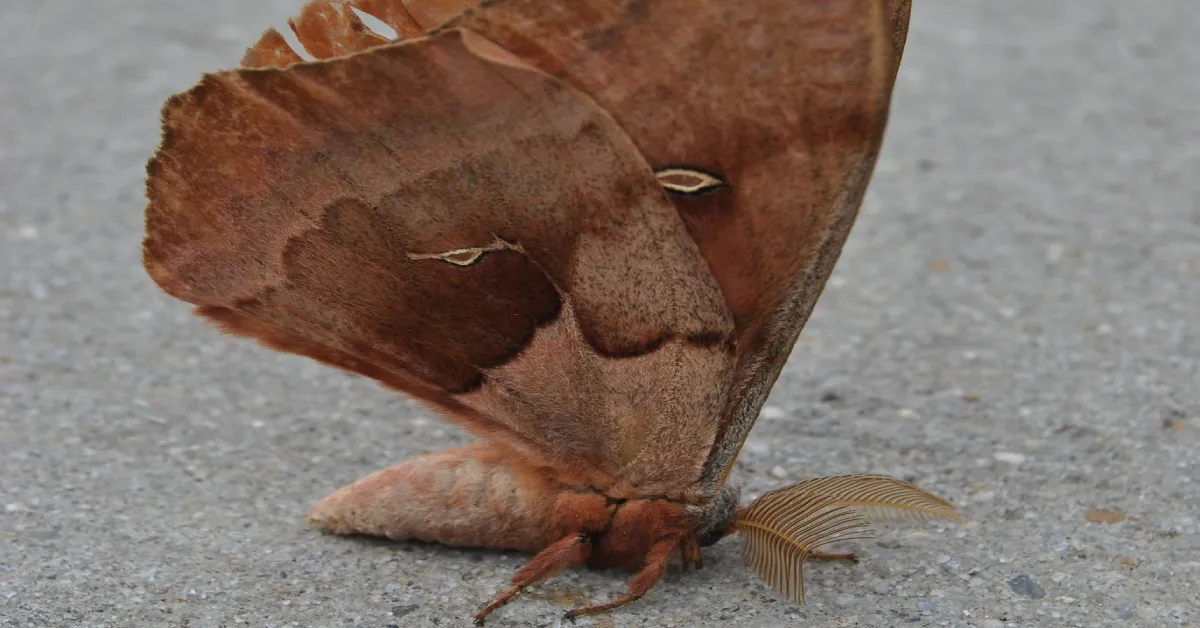
The tarantula species found in Texas are typically robust spiders with long, hairy legs and large bodies. Their coloration varies depending on the species, ranging from brown to black. They have two main body sections the cephalothorax and the abdomen and eight legs. These spiders are nocturnal hunters, actively seeking out prey at night. They are well-adapted to the Texan climate and can be found in a variety of habitats, including grasslands, deserts, and woodlands. Their size can vary, but most Texas tarantulas are relatively large, with some individuals reaching a leg span of several inches.
Common Texas Tarantulas
Several species of tarantulas can be found in Texas, and some are more commonly sighted than others. The Texas tan tarantula (Aphonopelma anax) is one of the most frequently encountered species. They are typically brown in color and can be found in various habitats. Other species include the Oklahoma brown tarantula (Aphonopelma hentzi), also found in Texas, known for its darker coloration and larger size. These spiders are often encountered in suburban areas, particularly during mating season when males are actively searching for mates. It’s important to note that all Texas tarantulas are venomous, but their venom is generally not considered dangerous to humans, causing only mild symptoms.
Why Flying Tarantulas are Unlikely
Several factors make the existence of flying tarantulas extremely unlikely. Their physical characteristics, such as their size, weight, and body structure, are simply not conducive to flight. The absence of wings and a streamlined body further prevents any potential for aerial movement. The laws of physics also play a role, as the ratio of surface area to weight would make it incredibly difficult for a tarantula to generate enough lift to take off. Considering these constraints, the idea of a tarantula capable of flight is scientifically improbable, and the lack of any evidence supports this conclusion.
The Physics of Flying Tarantulas
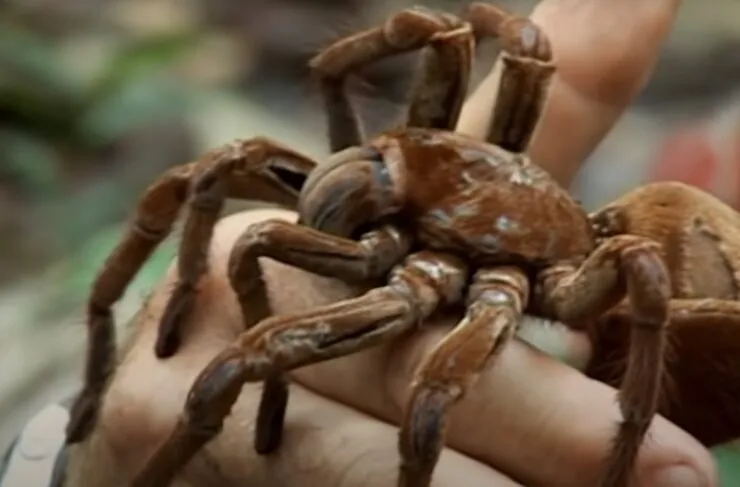
The laws of physics present significant challenges to the idea of a flying tarantula. The size and weight of a tarantula would necessitate a substantial amount of lift, requiring a body structure that is fundamentally different from its current form. The lack of wings or any other aerodynamic adaptations, such as the ability to flap and produce lift, rules out the possibility of flight. Moreover, the exoskeleton of a tarantula is heavy and dense, further hindering any potential for flight. The relationship between the tarantula’s mass and its surface area means it would have a low lift-to-drag ratio, making it nearly impossible to overcome the effects of gravity.
Size and Weight Limitations
The size and weight of tarantulas are significant limitations to the idea of flight. These spiders can be quite large, with some species having leg spans of over 10 inches. Their weight, relative to their size, is considerable. The sheer mass of a tarantula would require a considerable amount of energy to overcome gravity and achieve lift. The exoskeleton, while providing protection, adds to the overall weight, making flight even more improbable. Without any evolutionary adaptation to flight, such as wings or a lighter body structure, the size and weight of a tarantula make it physically impossible for them to fly.
Possible Misidentifications
Misidentification is a common reason for reported sightings of ‘flying tarantulas’. People may mistake other insects, such as large moths or beetles, for tarantulas, especially in low-light conditions. Certain insects, like cicadas, have a similar body shape or hairy appearance that can be confused for a tarantula. Furthermore, the presence of other insects, like crane flies, that can be mistaken for a tarantula because of their elongated legs. Visual illusions, such as shadows or the play of light, can also distort the perception of these insects and lead to misidentification.
Other Insects That Resemble Tarantulas
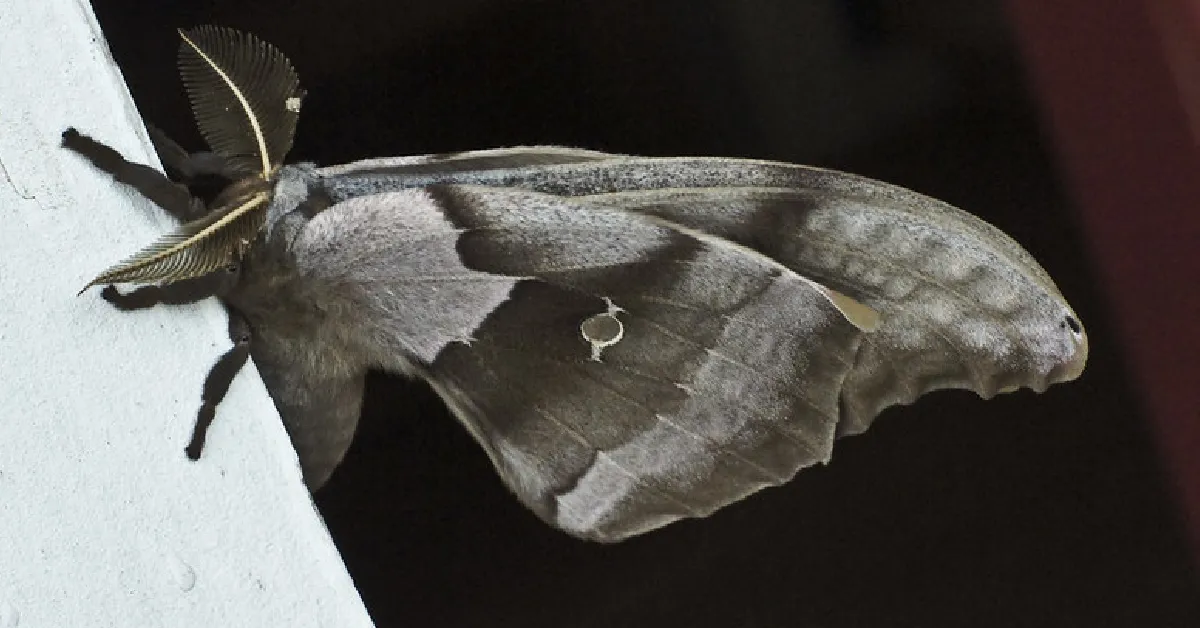
Several insects share physical characteristics with tarantulas, leading to potential misidentification. Large moths, for instance, can sometimes be mistaken for tarantulas due to their size and hairy bodies. Some beetle species also have a similar body shape and texture. Crane flies are another insect that can easily be mistaken for a tarantula due to their long legs and large size. Other flying insects that can be seen in a similar habitat. These insects often appear in the same environments as tarantulas, which further contributes to the confusion. Learning to differentiate these insects from actual tarantulas can help eliminate the misinterpretation of a flying spider.
How to Identify a Tarantula
Identifying a tarantula involves looking for key characteristics. First and foremost, tarantulas are spiders, meaning they have eight legs and two main body sections the cephalothorax and the abdomen. They are typically large and hairy, with robust bodies. Their legs are long and covered in hairs, and they often have fangs visible near their mouths. Paying attention to the color and pattern can also help in identifying a tarantula. Knowing the common tarantula species found in your local area can assist in identification. Also knowing their habitats is helpful. The more characteristics you observe, the more certain you will be in identifying a tarantula.
Tarantula Behavior and Habitat
Tarantulas in Texas are typically found in specific habitats, such as grasslands, deserts, and woodlands. They are primarily nocturnal creatures, meaning they are most active at night. They spend the day in burrows or under rocks. Tarantulas are ambush predators, waiting for prey to come within striking distance. They are generally not aggressive towards humans unless provoked. Understanding the behavior and habitat of tarantulas is essential for coexisting peacefully. The behaviors of tarantulas can change through the mating season, as males look for mates. Also, different habitats will have different variations of tarantulas that live there, which also affect their behavior.
Habitat
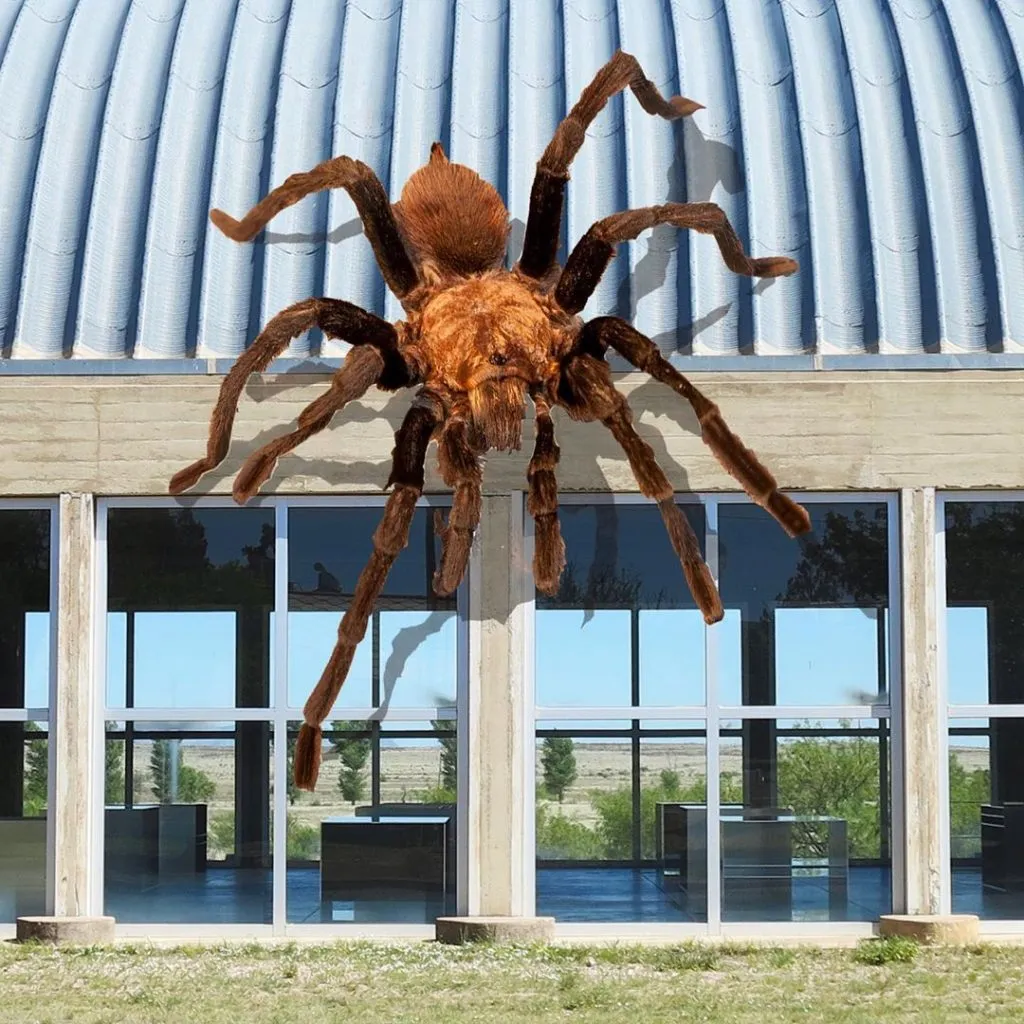
The habitat of a Texas tarantula is crucial to its survival. They prefer environments that offer shelter from the elements and a steady supply of prey. They are often found in burrows, which they dig themselves or take over from other animals. These burrows provide protection from predators, temperature fluctuations, and other environmental hazards. They can also be found under rocks, logs, or in other concealed locations. The availability of suitable habitats is a major factor in tarantula distribution and abundance. Protecting and preserving these habitats is essential for the conservation of tarantulas and other wildlife.
Behavior
The behavior of Texas tarantulas varies depending on the time of year and their life stage. During the day, they usually remain hidden in their burrows or under cover. At night, they become active hunters, foraging for insects, small reptiles, and other invertebrates. During mating season, male tarantulas will leave their burrows in search of females. They will travel long distances, often encountering roads, trails, and other human-altered landscapes. They are not inherently aggressive, but they will defend themselves if they feel threatened. Their behavior is primarily driven by the need to find food and reproduce, and their interactions with humans are usually limited.
Tarantula Bites and Safety
While tarantulas are venomous, their bites are generally not considered dangerous to humans. Their venom is not potent enough to cause significant harm, and the bite itself is often compared to a bee sting in terms of pain. However, it’s important to take precautions when encountering tarantulas. Avoid handling them, as this can increase the risk of being bitten. If bitten, it is important to clean the wound thoroughly. Seek medical attention if you experience severe symptoms or if you have any concerns. By following these safety guidelines, you can minimize the risk of tarantula bites and enjoy observing these fascinating creatures safely.
Are Tarantula Bites Dangerous?

The venom of a tarantula is not highly toxic to humans. While a tarantula bite can be painful, the effects are usually localized and short-lived. Most people experience only mild symptoms, such as pain, redness, and swelling at the bite site. In rare cases, some individuals may experience an allergic reaction, which could cause more serious symptoms. However, these reactions are uncommon. Compared to the bites of other venomous animals, the danger posed by a tarantula bite is minimal. It is essential to remember that tarantulas do not actively seek out people to bite, and bites usually occur only if the spider feels threatened or is handled.
What to Do If Bitten
If bitten by a tarantula, there are several steps you should take. First, clean the bite area thoroughly with soap and water. Apply a cold compress to reduce pain and swelling. If the pain is severe, you can take an over-the-counter pain reliever. Monitor the bite site for any signs of infection, such as increased redness, swelling, or pus. Seek medical attention if you experience severe symptoms, such as difficulty breathing, dizziness, or a significant allergic reaction. While tarantula bites are not usually dangerous, it’s always best to err on the side of caution and get medical help if you have any concerns. Keeping calm and cleaning the wound is key to a swift recovery.
